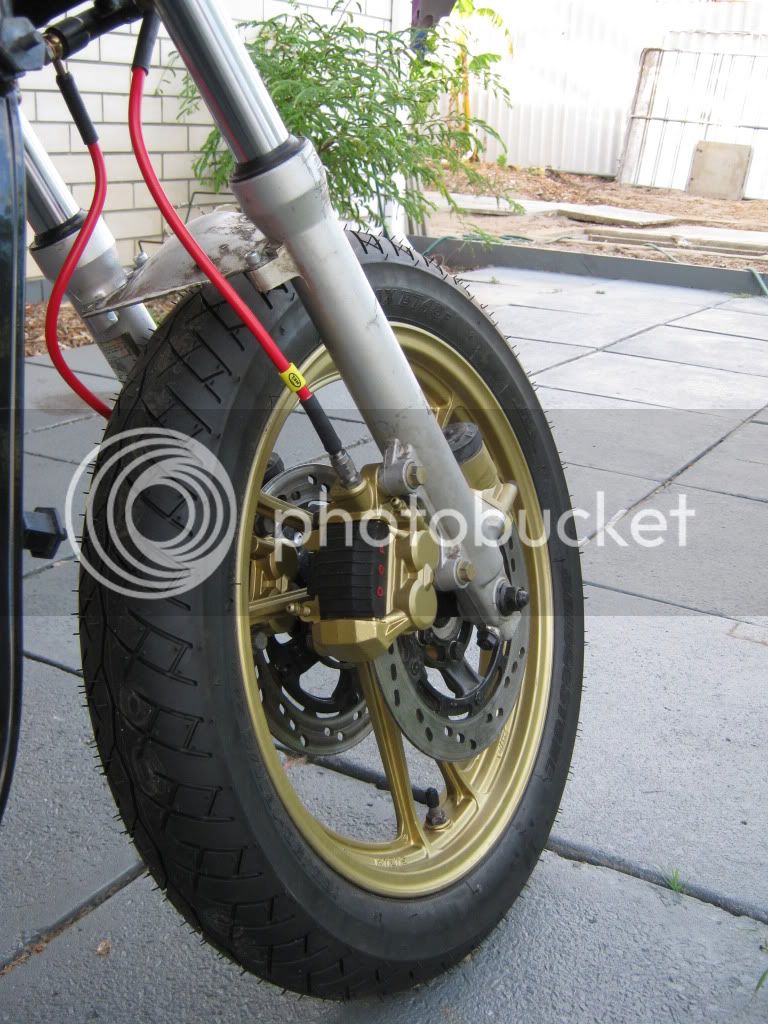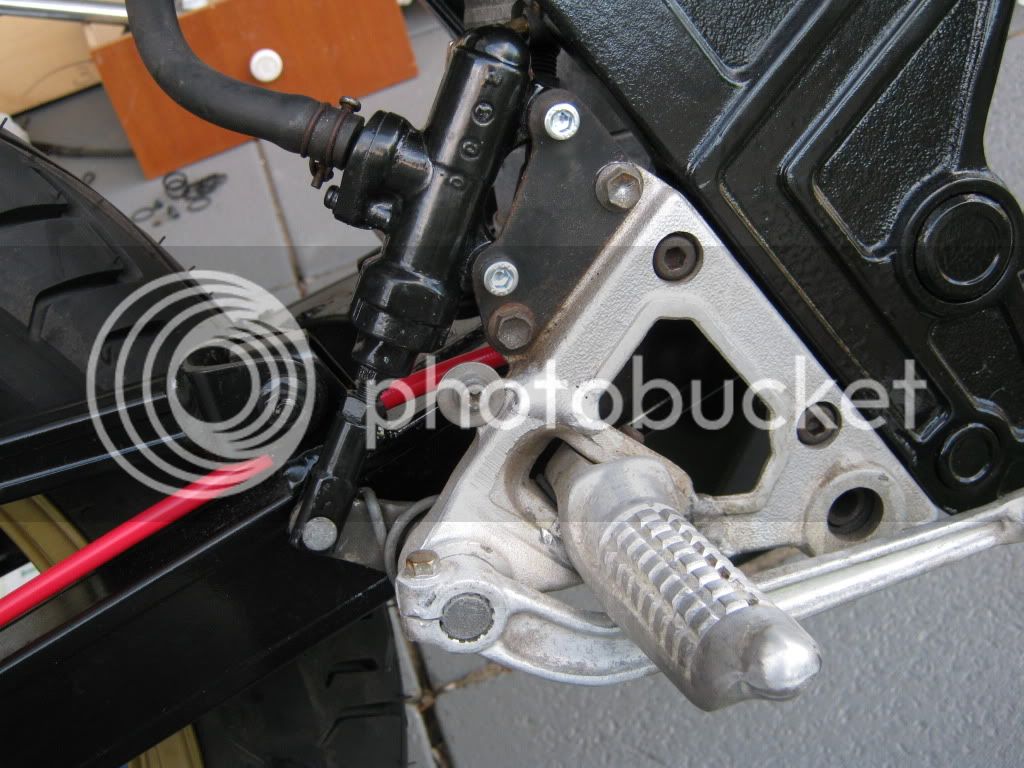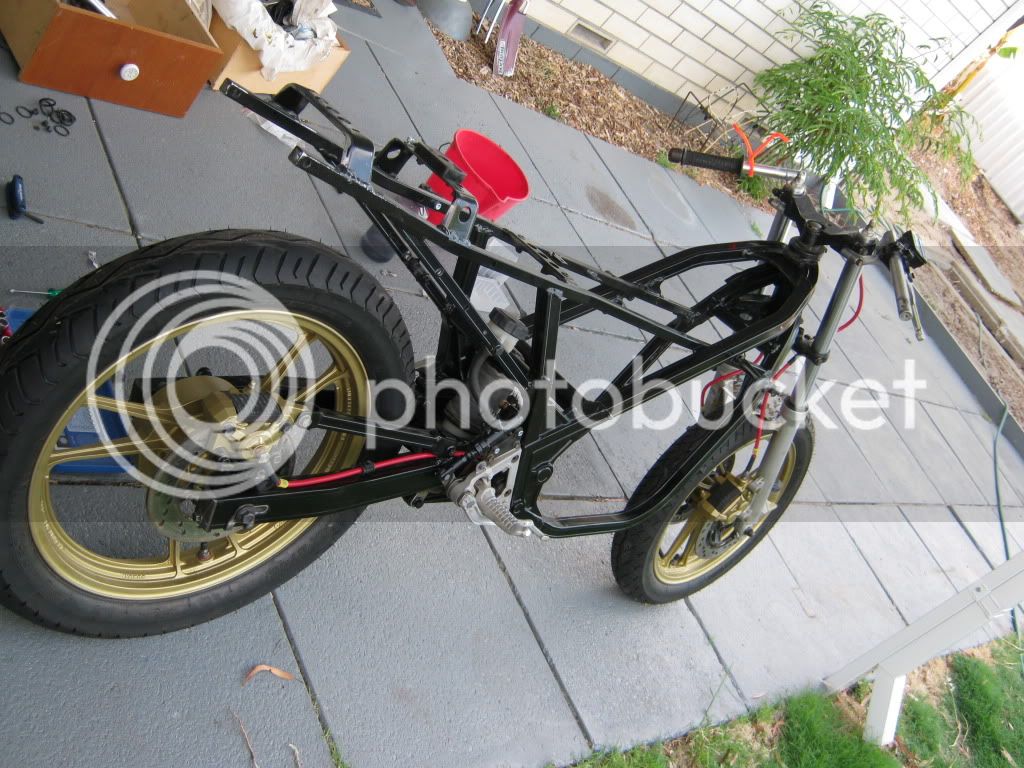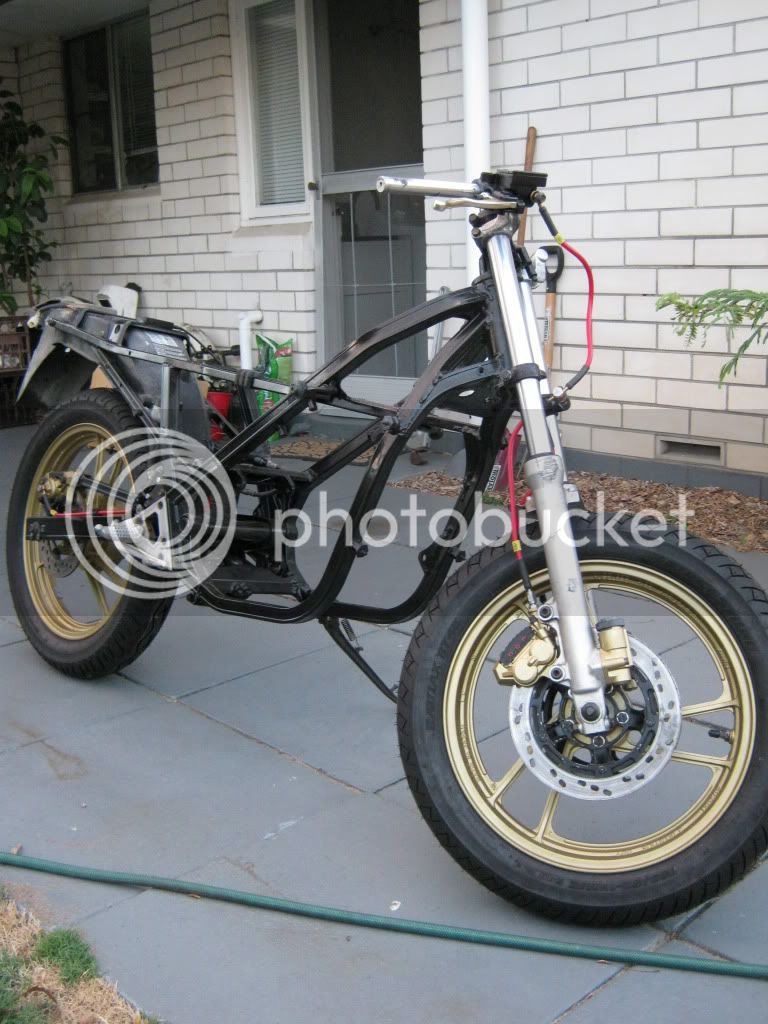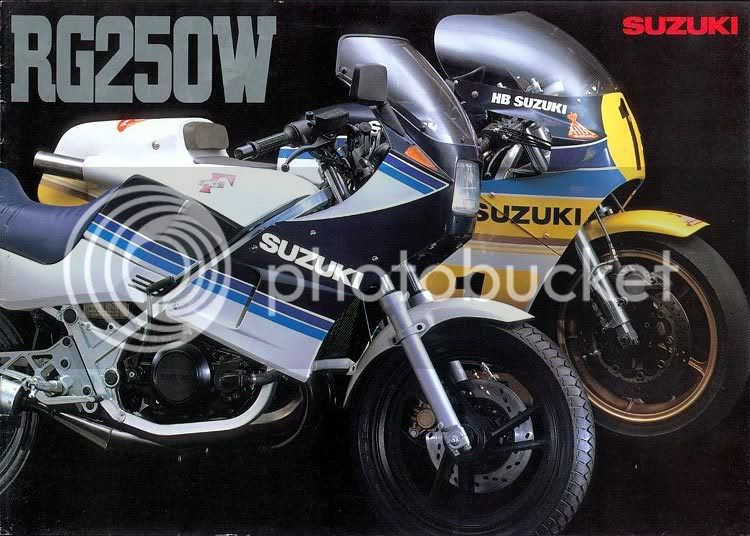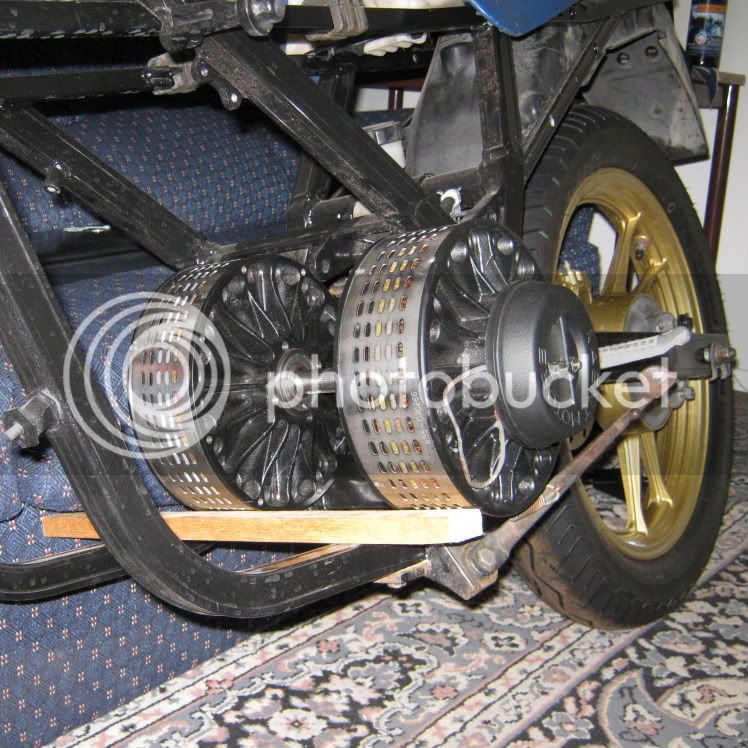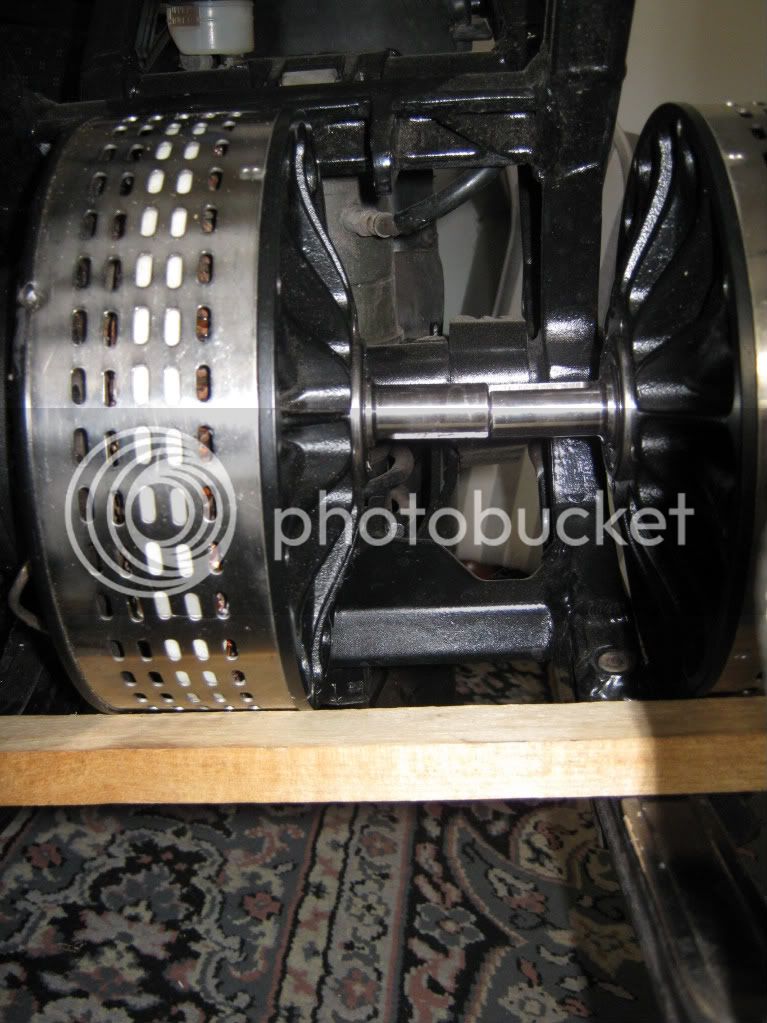jonescg
100 MW
OK guys and girls,
I'm about to buy a controller. I want the SMOOTHEST throttle response available, as this is going to be a track bike. Steve of Jozzbikes fame has told me that Kelly offers a good controller with very nice regen (providing a compression braking sensation). As I'm running two Agnis in both series and parallel (I'm told the switching makes a big difference, almost like a two speed box) it's going to be drawing a lot of amps, so at least 600 A worth of controller would be great.
Any suggestions, or advice?
Cheers,
CHRIS
I'm about to buy a controller. I want the SMOOTHEST throttle response available, as this is going to be a track bike. Steve of Jozzbikes fame has told me that Kelly offers a good controller with very nice regen (providing a compression braking sensation). As I'm running two Agnis in both series and parallel (I'm told the switching makes a big difference, almost like a two speed box) it's going to be drawing a lot of amps, so at least 600 A worth of controller would be great.
Any suggestions, or advice?
Cheers,
CHRIS


